The History of Pagani: What’s the Hype Behind These Hypercars?
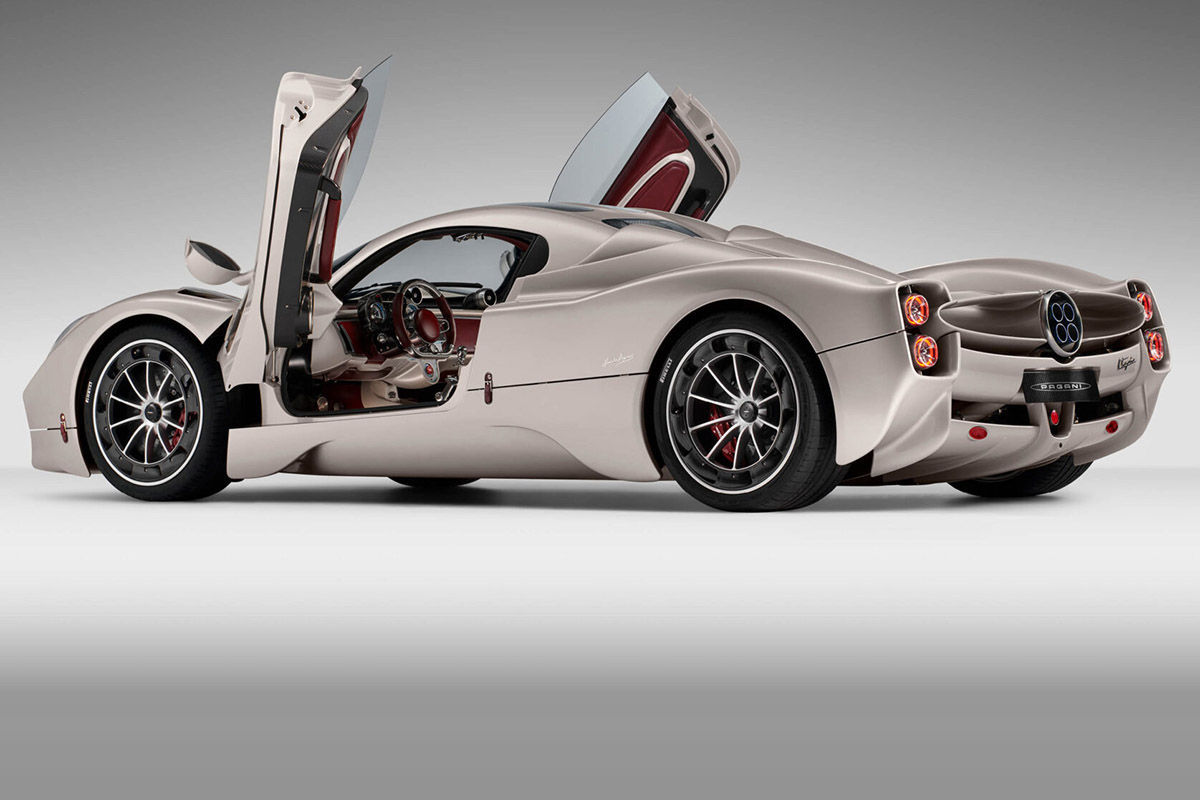

Operating from a small factory in Italy, Pagani is a one-of-a-kind bespoke car company. Their most recent high-octane creation is the Utopia, whose initial production run is limited to just 99 individual vehicles.

To say that Pagani Automobili S.p.A. – commonly referred to simply as ‘Pagani’ – does things differently is understatement in the extreme. This bespoke hypercar company, founded by the Argentine-Italian designer Horacio Pagani, operates from a modest factory on the outskirts of Modena, where the rate of production seldom gets more frantic than a single car each week.
Understandably, the stunning level of craftsmanship visible everywhere on each of these automobiles is primarily responsible for this glacial pace. As for the price of one of these ultra-exclusive automobiles, it probably eclipses those of most high-end sports cars by at least 10 times.
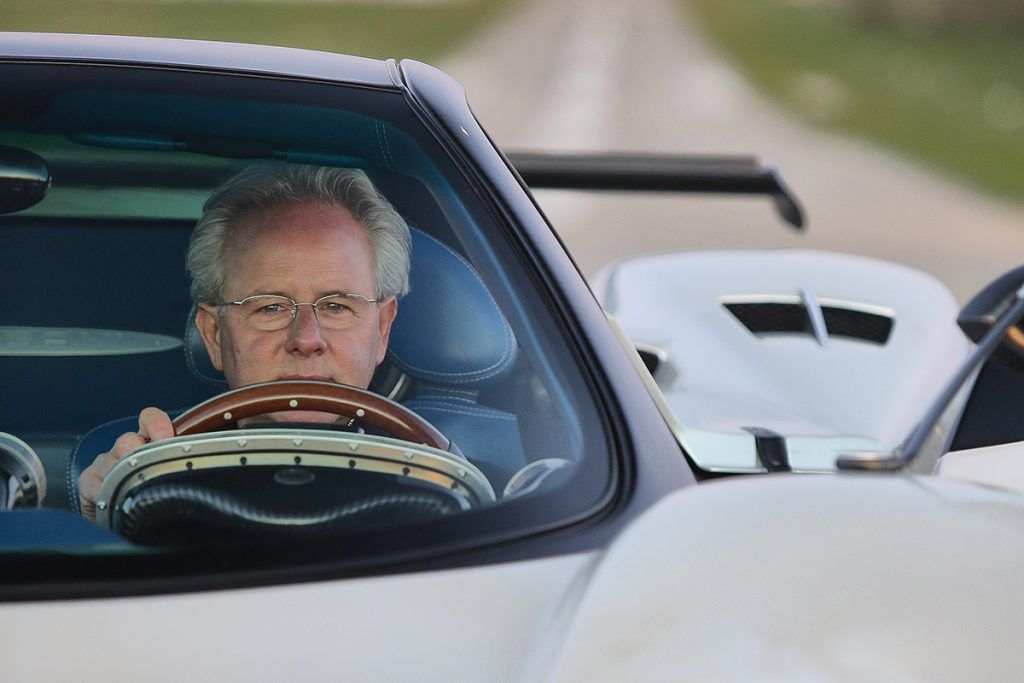
Looking back, it seems that Horacio was destined to be in the automobile industry. He was for the most part a perfectly normal, fun-loving kid with a stable home life – his father was a baker and his mother an artist – but from an early age he was also infatuated with cars, so much so that he used to spend all his time making miniature models using simple materials and tools. He also read avidly about legendary exotic car makers like Ferrari, Maserati and Lamborghini, and he longed to go to Modena, Italy, to be part of that world.
Fast forward to December 1982 and Horacio, now 27, sets off for Italy with his young wife Cristina. His automotive skills by this time were exemplary, but even the letters of introduction and recommendation he carried with him from Argentina were not able to guarantee employment. It was only after several months that the bodywork department of Automobili Lamborghini took him on as a mechanic. Although he started at the bottom, he was soon able to show his worth through constant commitment. He was the first to arrive and the last to leave, and even after dinner he continued to labour over sports car design and production issues.
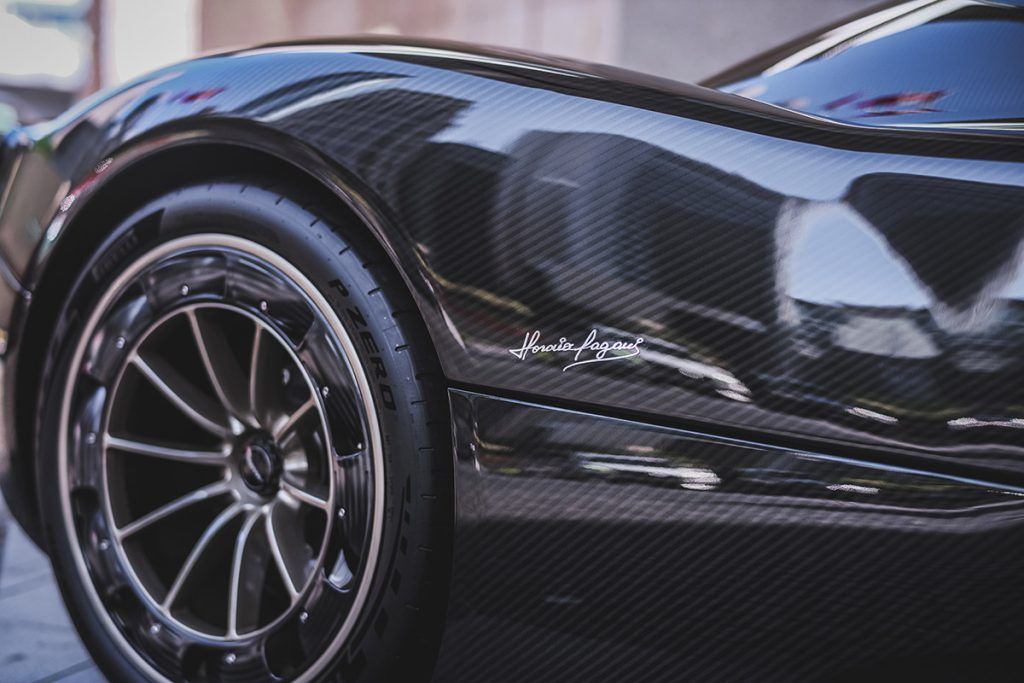
In 1985, he was put in charge of the new composite material department where he took part in the design of the Countach Evoluzione, the first road car to be entirely made of composite materials (using technologies that had previously been the prerogative of the aerospace industry and racing world). He later tried to persuade Lamborghini to make their own parts in composite materials on a large scale, but the management didn’t see the potential in it at that time. So, Horacio took charge of his own destiny, went to the bank, took out a loan, and in 1988 founded Pagani Composite Research. This new company worked with Lamborghini on numerous projects, and it was also around this time that Horacio began creating his own car designs. In 1991, he established Modena Design to meet the increasing demand for his skills and services, and a year later he began work on the Fangio F1 prototype (named in honour his friend Juan Manuel Fangio, the Argentine five-time Formula One champion). This marked the beginning of the Pagani brand.
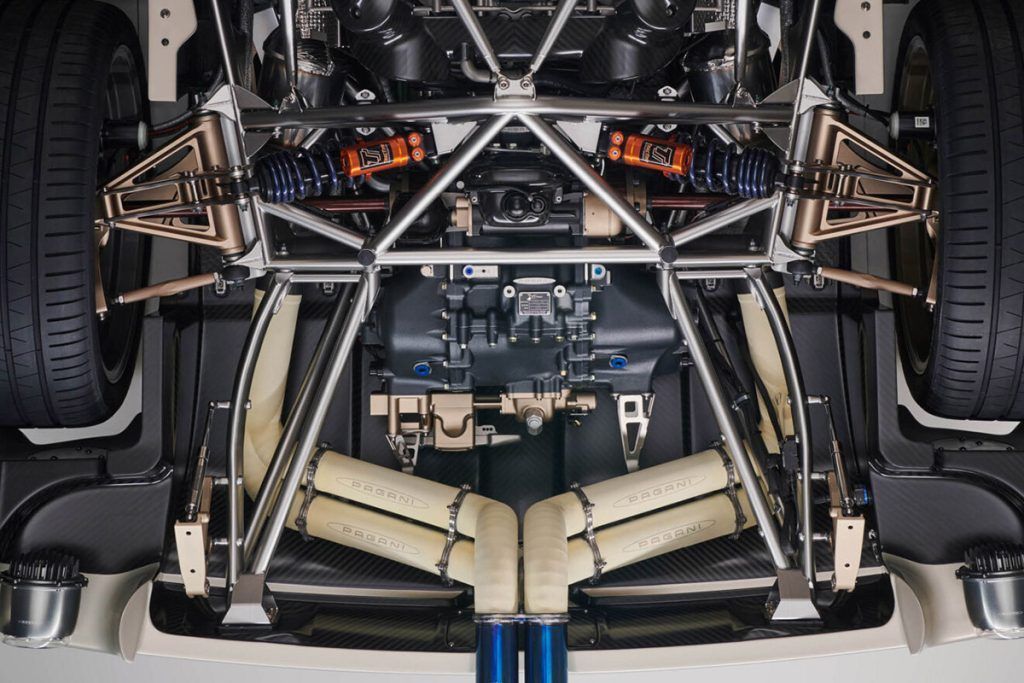
In 1994, Mercedes-Benz agreed to supply Pagani with V12 engines, and the first model produced was rechristened as the Zonda (the Fangio F1 name was dropped after Juan Manuel died in 1995). The design was inspired by jet fighters and the famous Sauber-Mercedes Silver Arrow Group C cars. It also featured several unique design elements, including a circular four pipe exhaust system. It was first presented at the 1999 Geneva Motor Show, and the rest, you’d be safe to say, is history.
While still in his formative years, young Horacio had learned about the visionary Renaissance artist and scientist Leonardo Da Vinci, and his automobiles strive to embody that essence of both art and science – combining aesthetic appeal, design and cutting-edge engineering. With the groundbreaking Zonda he had raised the bar so high that the term “supercar” was insufficient… these were “hypercars”.
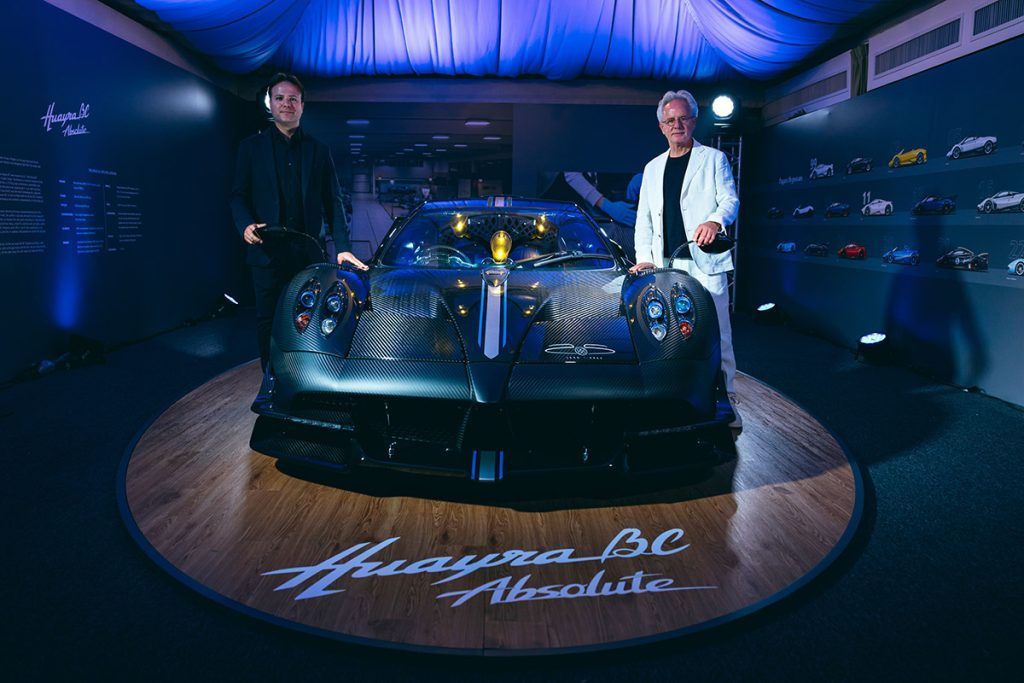
The Pagani Huayra, the successor to Zonda, was officially revealed at the 2011 Geneva Motor Show. Named after the Incan god of wind, Huayra-tata, it boasted a 6.0-litre twin-turbo M158 V12 engine from Mercedes-AMG capable of producing 544 kW (740 PS; 730 hp) and 1,000 Nm of torque. The body was made from carbotanium – a lightweight composition of carbon fibre and titanium – and it could accelerate from 0 to 60 mph in 3.2 seconds, with a top speed of 235 mph (378 km/h). Only 100 units of the Huayra were produced, each costing £1,000,000 without options.
After several years of development, the Huayra Roadster was officially unveiled at the 2017 Geneva Motor Show, with just 40 units being produced. Over time there have also been many bespoke Huayras produced for worthy clientele, a tradition that began with the creation of multiple bespoke Zondas years earlier.
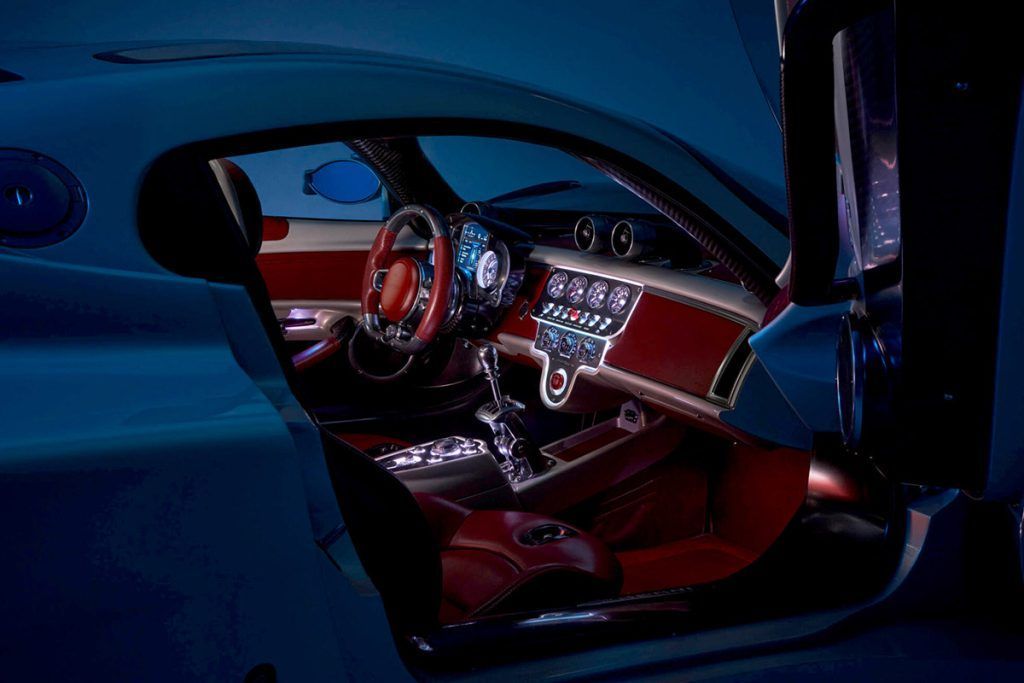
In late 2022, Pagani unveiled the Utopia, its third model in almost half a century. It’s a sleek mid-engine vehicle based around a carbon-fibre/titanium monocoque, with an 852bhp, twin-turbocharged 6-litre V12 power unit, once again painstakingly hand built for the company by Mercedes-AMG. The design process for the Utopia began almost as soon as similar work on the Huayra was complete, a process that took around seven years. In a recent interview with Prestige (Hong Kong), Horacio Pagani revealed that they spent most of the first couple of years working on the exterior and interior design, and then the next three years on the little details.

“Through our dialogue with our clients, we understand what they’re looking for with the next Pagani,” he remarked, “and when I’m designing something, I don’t do it for myself, I do it for them. So, we keep things secret for the first three or four years and only then do we start showing some renderings to clients. With Utopia, they were so amazed we were able to sell all the cars one year before the unveiling. It sounds crazy, but we were showing a little drawing to the clients and they were saying, ‘Where do I have to send the money?’
“I wanted you to be able to follow the line from the beginning to the end,” Hoarcio added, commenting on the automobile’s ultra-sleek silhouette. “It’s a car you can read, it’s a car that you can appreciate. We were able to achieve those aerodynamic goals by working on the internal airflows, which you can’t see from the outside. At the end of the day, the goal was to create a car that didn’t take much from the Zonda and the Huayra. A timeless design – something that’s unique to itself.”
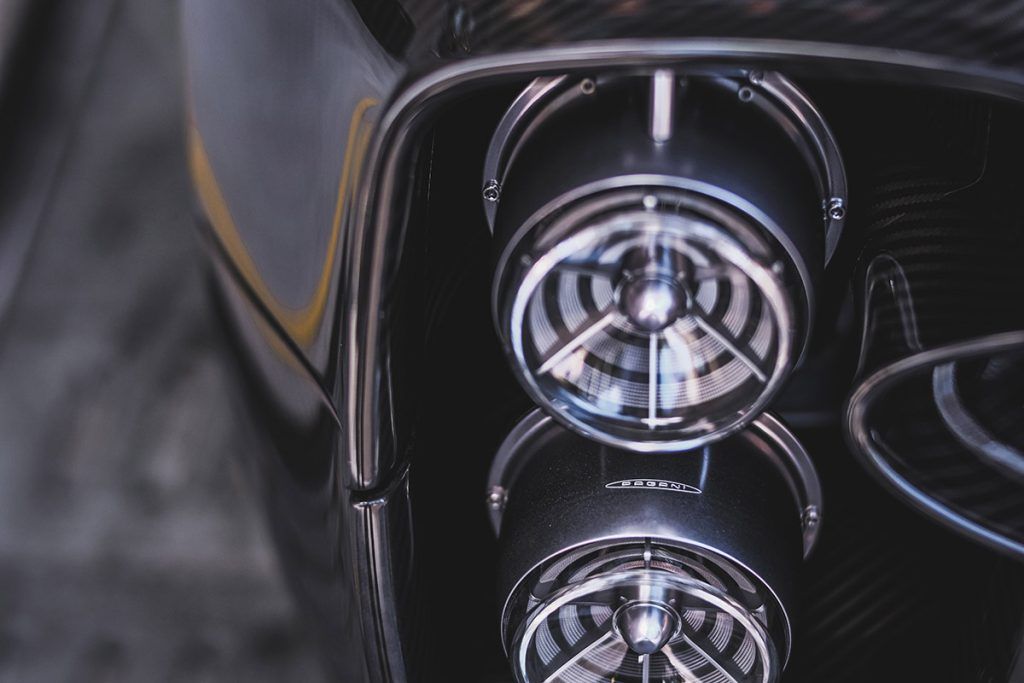
As for the price tag, expect to shell out in the region of US$2.5 million (and quite possibly a good deal more for the add-ons). Surprisingly, the sole electronic screen in the cabin is a small one, wedged between the mechanical rev counter and speedometer, as clients overall maintained they wanted a “more analogue” experience where they could touch the buttons and hear the sounds. And 70 percent of the Utopias scheduled for production will have manual transmission, adding to the unmistakable hands-on feel.
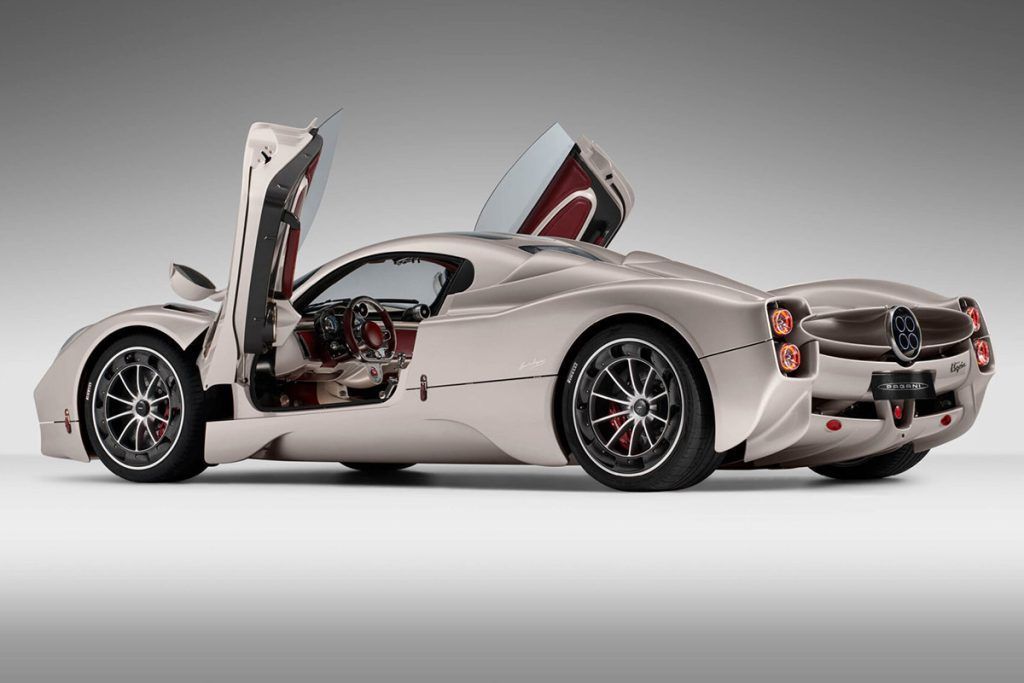
Interestingly, Pagani remains a family business, both literally and metaphorically. Horacio’s two sons, Christopher and Leonardo – the latter named for Da Vinci – are both among the fewer than 200 employees at the company. The headquarters, meanwhile, resembles an Italian village piazza more than a typical automobile production line. As for the company’s legacy, the Zonda eventually ceased production after almost 20 years, with 140 units, and quite a few variants, having slowly rolled off the production line. The Huayra, meanwhile – which celebrated its 10th anniversary in 2021 – is still being built today in limited numbers. As for the Utopia, it’s safe to say that if you can get your hot little hands on one of the 99 vehicles that make up its initial production run, you’ll definitley have some well-earned “bragging rights”.